#Oliver Garcia
Photo

Kelvin Harrison Jr. as Joseph Bologne, Chevalier de Saint-Georges in Chevalier (Film, 2022).
360 notes
·
View notes
Text
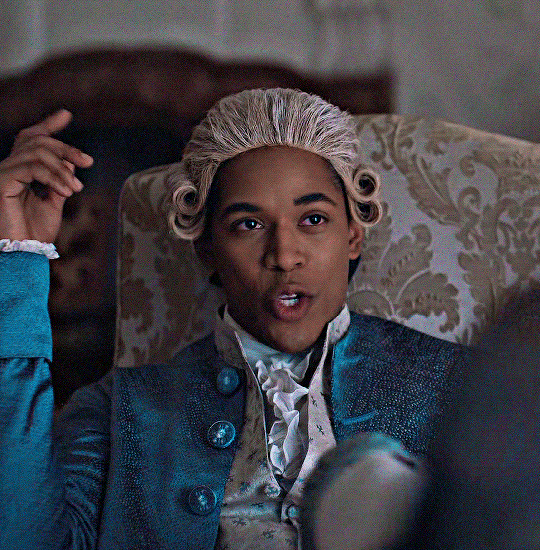
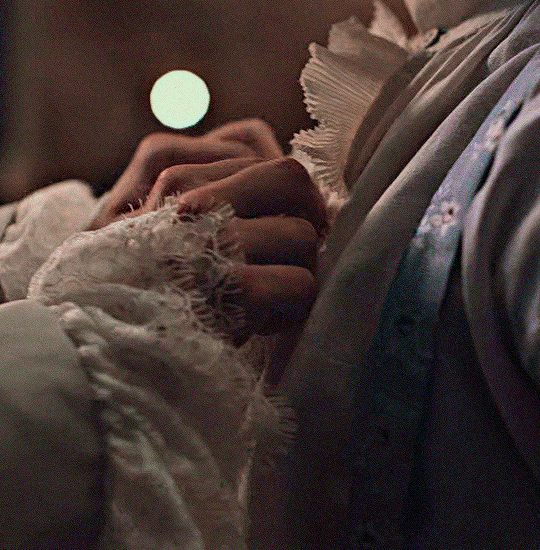

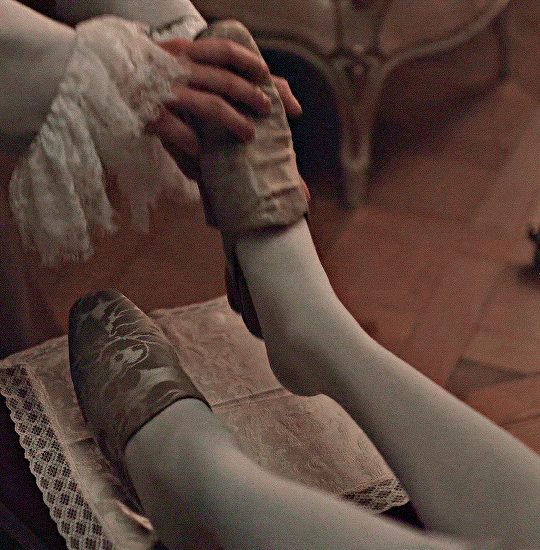
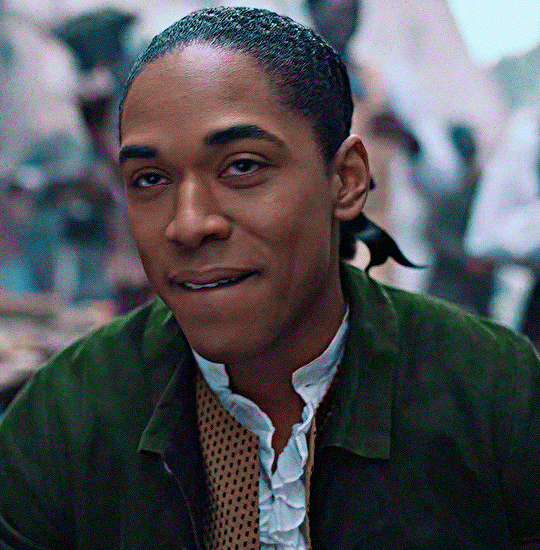
Kelvin Harrison Jr. as Joseph Bologne, CHEVALIER (2023)
There are various reasons why that powder blue is Joseph’s main colour. Firstly, it is the colour that is recorded to be one of Marie Antoinette’s favourite colours, so it made storytelling sense to use it for Joseph because it’s like his tool for social acceptance within the aristocracy and the French Court. It’s almost like a uniform that he needs to put on to be able to exist and flourish within that racially unjust society that he’s in... During the last half of the movie—which is what you’re referring to—he’s no longer looking for that approval, he’s in this self-acceptance mode and he embraces his cultural roots and becomes a part of the African community. So, the colours that he wears reflect that.
-Costume Designer, Oliver Garcia (x)
#can u eemagiine this black man in 18th century france having white servants make his clothes and dressing him?? glorious#Chevalier#chevalier movie#chevalier 2023#joseph bologne#kelvin harrison jr.#cgedits#mygifs#perioddramasource#movie gifs#gifsets#film#filmgifs#cinematv#chevalier de saint-georges#period film#black#hd gifs#poc#black films#period drama#black history#france#french revolution#costume design#oliver garcia
42 notes
·
View notes
Text
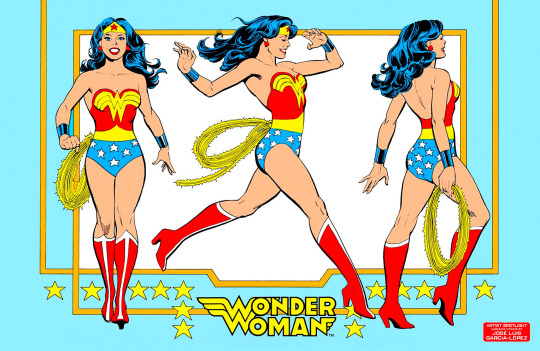

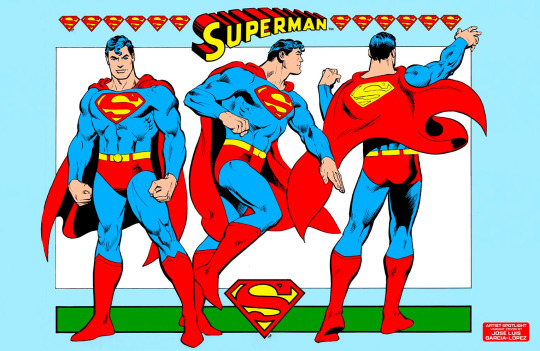

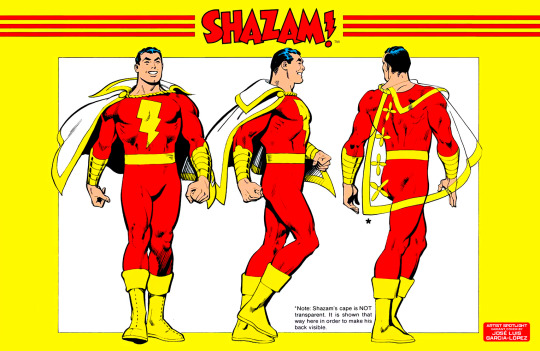

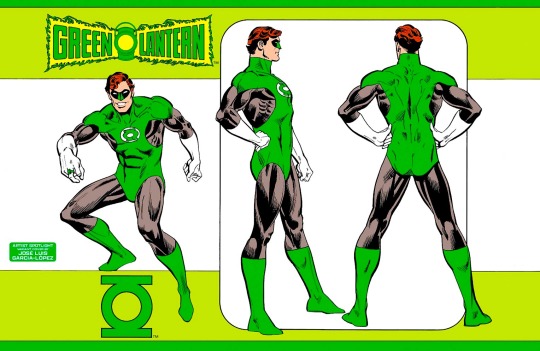
artist spotlight variant covers by José Luis García-López
#diana prince#bruce wayne#clark kent#dc comics#hal jordan#oliver queen#billy batson#barry allen#dc#batman#superman#wonder woman#the flash#green lantern#green arrow#dc captain marvel#jose luis garcia lopez#josé luis garcía-lópez#comics#variant cover#cover art#diana of themyscira#kal el#cover edit
1K notes
·
View notes
Text
Every Green Ranger is at least a little bit queer. This is both true and non-negotiable.
Except Joel. Joel Rawlings, Sky Cowboy, is thoroughly and unwaveringly heterosexual. In fact, he's the only straight person on his team.
#power rangers#power rangers lightspeed rescue#joel rawlings#izzy garcia#riley griffin#jake holling#mike samurai#ziggy grover#xander bly#master phant#bridge carson#cam watanabe#trip time force#damon henderson#adam park#tommy oliver#green ranger#carlos vallerte
107 notes
·
View notes
Text

Inbar Lavi & Aimee Garcia as Eve and Ella
Lucifer
41 notes
·
View notes
Text

Happy late Halloween from barbie and the newspaper zombie from plants vs zombies lmao
#simblr#sims 3#the sims 3#Tori Rye#Olive Garcia#MySims#planned to do halloween pics w/ them#but I got sick#lolol I'm home again today tho#saw a kid last night as plants vs zombie#thought it was the funniest shit
26 notes
·
View notes
Text
The relationship between Bruce and Oliver is alternately like that between Penelope Garcia and Derek Morgan, and Penelope Garcia and Luke Alvez.
There are moment with pet names and flirt and other with sassiness and jokes.
#people never understand if they are friends or lovers or like brothers#they are a bit of everything#sadly there is so little material on them#why fandom#whyyyy#dc#dc comics#batman#green arrow#bruce wayne#oliver queen#arrowbat#green arrow x batman#oliverbruce#oliver queen x bruce wayne#criminal minds#penelope garcia#derek morgan#luke alvez#sorry for my bad english
32 notes
·
View notes
Text
nothing can separate a depressed bitch from the gay poet she is obsessed with
#poetry#writers and poets#poets#richard siken#frank o'hara#frederico garcia llorca#oscar wilde#mary oliver#ocean vuong#chen chen#emily dickinson#?
18 notes
·
View notes
Text

Happy birthday, Juan Garcia i Oliver! (January 20, 1901)
Spanish Minister of Justice from November 1936 to May 1937, Juan Garcia i Oliver was born to a working class Catalan family around the turn of the 20th century. He experienced the privations of poverty at a young age, and came to Barcelona at age 15 at a time when the city was a hotbed of social unrest and labor activism. Working as a cook, he became active in the labor movement, and came to identify ideologically with anarcho-syndicalism. He became a prominent union organizer in the CNT, and is believed to have designed its iconic red-and-black flag. He was involved in anarchist insurrections in the years leading up to the Spanish Civil War, and fought in that war against the fascist forces of Franco, attempting to secure a truce between the anarchist and republican forces. After the war, Garcia i Oliver eventually settled in Mexico. He died in 1978.
105 notes
·
View notes
Note
seeing the new bts photo of the cm ladies and Garcia's look is giving s12 vibes, which is also fitting as Garcia was also rude to Luke in that season (even if it was due to her still missing Morgan). At least we get to see Garcia wearing colors besides black

Bless! They all look so cute and happy!
Garcia's got cat ears! And a turquoise bracelet!
It seems like the costume department are actually trying with her this season and I'm here for it. Now if only they could show that they're trying to do the same with the rest of the team and make less frustrating decisions in the writers room.
#criminal minds evolution#penelope garcia#tara lewis#emily prentiss#jennifer jareau#kirsten vangsness#paget brewster#aj cook#aisha tyler#Let Luke wear /colors/!#Let him wear burgundy and olive and navy like he used to!#/Enough/ black and gray! /Enough/!#If the scheduling works out this season let Spence wear pink and purple and emerald and robin's egg blue!#It's not gonna happen but if Hotch comes back let him wear his colorful ties with fun patterns. He loves those.
12 notes
·
View notes
Text
youtube
⭕ The famous speech of anarchist Juan Garcia Oliver on 20 November 1937 at Montjuic Cemetery, in Barcelona, in homage to Buenaventura Durruti, who died on 20 November 1936.
(English Subs).
Who was Durruti, as summarized by Joe King in theanarchistlibraryorg:
To reduce to a few hundred words the life story of an almost mythic figure is not an easy task. It can be said, without fear of exaggeration, that Buenventura Durruti symbolised in his person the courageous struggle of workers and peasants in that country, and more specifically symbolises the spirit of Spanish anarchism.
He was born the son of a railway worker on July 14th 1896 in Leon, a city in central Spain. Aged 14 he leaves school to become a trainee mechanic in the railway yard. Like his father, he joins the socialist UGT union. He takes an active part in the strike of August 1917 when the government overturned an agreement between the union and the employers. This soon became a general strike throughout the area. The government brought in the army and within three days the strikers had been crushed. The troops behaved with extreme brutality, killing 70 and wounding 500 workers. 2,000 strikers were jailed.
Durruti managed to escape to France, where he came into contact with exiled anarchists, whose influence led to him joining the anarchist CNT union upon his return in January 1919. He joins the fight against dictatorial employers in the Asturian mines and is arrested for the first time in March 1919; he escapes and over the next decade and a half he throws himself into activity for the CNT and for the anarchist movement.
These years see him involved in several strikes and being forced into exile. Unwittingly the Spanish government ‘exported’ rebellion, as Durruti and his close friend Francisco Ascaso happily joined the struggle for freedom wherever they ended up, in both Europe and Latin America.
The Spanish monarchy fell in 1931 and Durruti moved to Barcelona; accompanied by his French companion Emilienne, pregnant with their daughter Colette. He joined the Iberian Anarchist Federation (FAI), a specifically anarchist organization, and together with other militants they form the ‘Nosotros’ group. These were members within the CNT of a radical tendency that harboured no illusions with respect to the recently proclaimed Republic, maintaining that the moment was ripe for continued progress towards a social revolution.
With the electoral victory by the liberal/reformist Popular Front in February 1936, Left and Right were on a collision course, initiated very rapidly by Franco’s military rebellion on July 19th 1936. The CNT and the FAI confronted the army with courage, organization and mass mobilizations.
They triumphed in much of Spain despite the fascist superiority in weapons and resources. The anarchist contribution was decisive in resisting the fascists throughout the country and in Catalonia defeated the rebels singlehandedly, Durruti being one of the boldest fighters in this battle. It was here that Francisco Ascaso lost his life.
On July 24th, from Barcelona where the anarchist goal of workers’ control, direct democracy and liberty was starting to be a reality, Durruti left with an armed column towards Zaragossa, occupied by the fascists. Through hard battles this workers’ militia, without officers or other military trappings, advanced and saved the Aragon front against much better equipped regular troops.
Parallel to this, the anarchist forces supported a social transformation which meant the establishment of agricultural collectives in Aragon, upsetting the authoritarians of the Communist and Socialist parties, according to whom the war could not be won with the revolution going on. War or no war these would-be rulers would never have liked a real workers’ democracy.
After the liberation of Aragon, Durruti was interviewed by Pierre van Passen of the Toronto ‘Star’. “For us,” said Durruti, “it is a matter of crushing fascism once and for all. Yes, and in spite of the government. No government in the world fights fascism to the death.
“When the bourgeoisie see power slipping from its grasp, it has recourse to fascism to maintain itself. The Liberal government of Spain could have rendered the fascist elements powerless long ago. Instead it compromised and dallied. Even now at the moment there are men in this government who want to go easy on the rebels.”
And here Durruti laughed. “You can never tell, you know, the present government might yet need these rebellious forces to crush the workers’ movement...
“We know what we want. To us it means nothing that there is a Soviet Union somewhere in the world, for the sake of whose peace and tranquillity the workers of Germany and China were sacrificed to fascist barbarians by Stalin. We want revolution here in Spain, right now, not maybe after the next European war.
“We are giving Hitler and Mussolini far more worry with our revolution than the whole Red Army of Russia. We are setting an example to the German and Italian working class how to deal with fascism.”
But, interjected van Passen, even if you win “You will be sitting on a pile of ruins.” Durruti answered “We have always lived in slums and holes in the wall. We will know how to accommodate ourselves for a while. For, you must not forget, we also know how to build. It is we the workers who built these palaces and cities, here in Spain and in America, and everywhere.
“We, the workers, can build others to take their place, and better ones! We are not in the least afraid of ruins. We are going to inherit the earth, there is not the slightest doubt about that. The bourgeoisie might blast and ruin its own world before it leaves the stage of history. We carry a new world, here, in our hearts. That world is growing this minute”.
Durruti embodied the feelings and goals of the workers in arms, being a peculiar “chief” whose main privilege was to fight in the first line and whose only rank was the esteem his equals had for him. His courageous life came to an end in November of that same year. On the 15th Durruti arrived with a force of 1,800 men to reinforce the defence of Madrid, where they went immediately to the toughest section and on the 19th he was struck by a bullet. He died at dawn on the 20th, being buried two days later at Montjuich’s cemetery in Barcelona, accompanied by 500,000 people carrying the red & black flags of anarchism. It was the largest funeral cortege ever seen in that city.
Here was a man who fought for his union and anarchist ideals; who never sought any special privileges for himself, who acted as much as he read or thought, who loved, dreamed and was determined to leave this world a better place than when he entered it.
#durruti#garcia oliver#spain#spanish#anarchist#anarchism#anarchists#antifa#antifascist#antifascism#antifascists#spanish revolution#spanish civil war#history#Youtube
99 notes
·
View notes
Photo
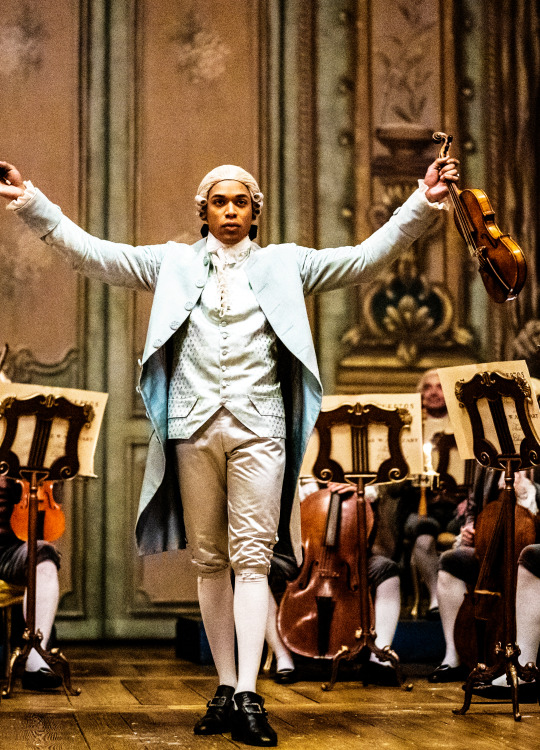
Kelvin Harrison Jr. as Joseph Bologne, Chevalier de Saint-Georges in Chevalier (Film, 2022).
227 notes
·
View notes
Text
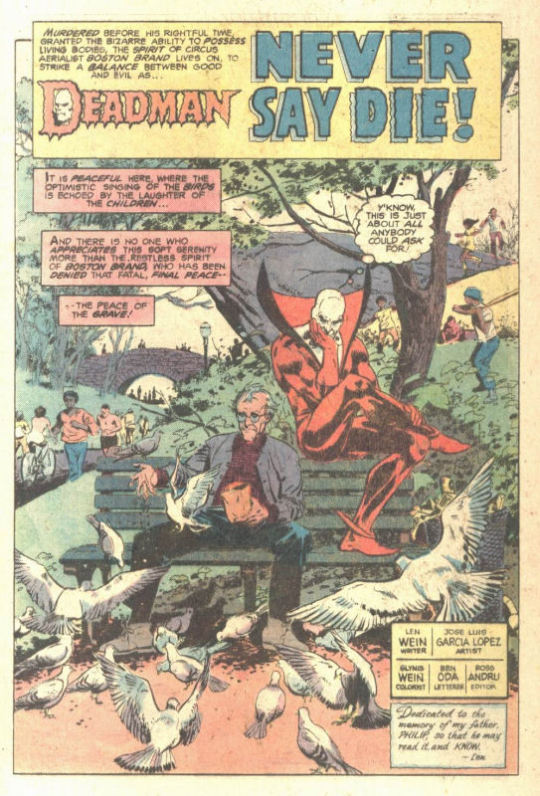
Adventure Comics #466: Deadman-Never Say Die
by Len Wein; Jose Luis Garcia-Lopez; Glynis Oliver and Ben Oda
DC
23 notes
·
View notes
Conversation
Anton: Oh, look at me, Tommy. They've stripped me of everything. My office, my title, my dignity. But there's one thing they can't take away from me.
Tommy: Your dignity?
Anton: No. I just said they got that.
#Incorrect Quotes#Power Rangers#Dino Thunder#Antonio Garcia#Tommy Oliver#source: third rock from the sun
41 notes
·
View notes
Text
youtube
this song is normal oak. to me
#dungeons and daddies#dndads#dndads season 2#normal oak#this is the first time ive connected a song to one of my blorbos#im so correct and right about this#bc in the show this is a fantasy sequence for Olive where she imagines recieving the support and approval of her parents#and normally oak-swallows-garcia has that whole thing in spades with sparrow and to some extent lark#Youtube
9 notes
·
View notes
Text
So... I did a thing... And I have no regrets.
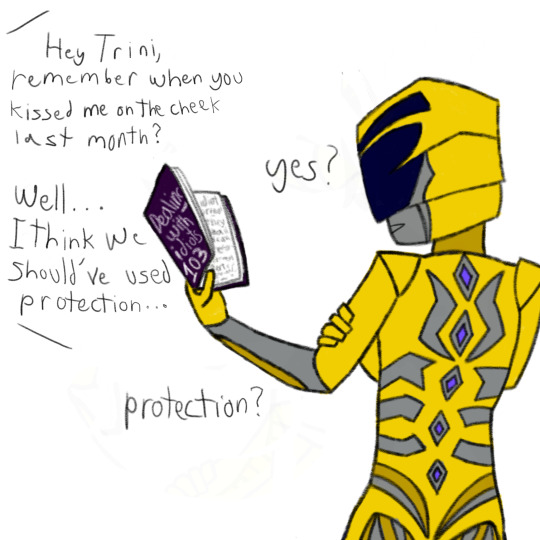

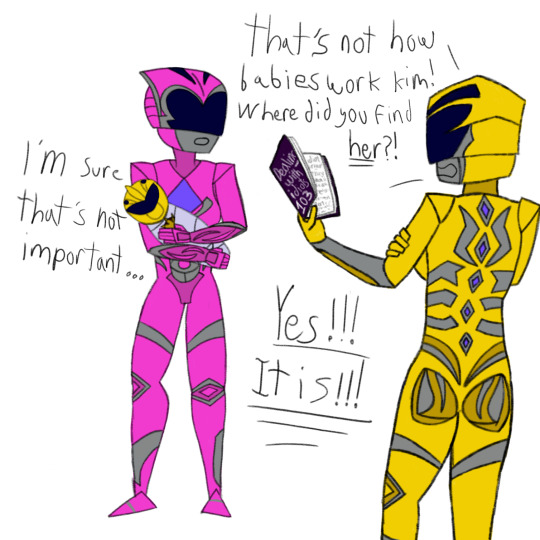

#power rangers#power rangers fanart#go go power rangers#power rangers 2017#power ranger movie#yellow ranger#trini#female tommy oliver#kimberly hart#pink ranger#green ranger#kira ford#izzy garcia#dino thunder#dino fury#trimberly#tomini#dotheyhaveashipname??#pink lemonade#trini x kimberly#trini not kwan#trini gomez#trini x tomi#Kira is Trimberlys child and I will die standing on this hill#and I mean... Have you seen Izzy???
75 notes
·
View notes